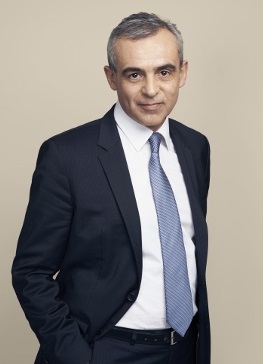 Pascal Blanqué, AmundiPascal Blanqué, global
CIO at Amundi Asset Management, has become the newest member of the 300 Club,
the select group of institutional investors intent on challenging their
industry’s status quo.
Pascal Blanqué, AmundiPascal Blanqué, global
CIO at Amundi Asset Management, has become the newest member of the 300 Club,
the select group of institutional investors intent on challenging their
industry’s status quo.
He joins the likes of Chris Ailman, CIO of the California State Teachers’ Retirement System, and Yves Choueifaty, founder of TOBAM, in the 300 Club’s ranks.
Blanqué—a noted economist and financial historian—has led Amundi’s investment team for more than 10 years, and since 2007 has been chair of the board of CPR Asset Management, a subsidiary of Amundi. He has written several books and papers about financial markets and economics.
300 Club Chairman Lars Dijkstra said Blanqué’s “expertise as an economist, a financial historian, and investor will be of great value”.
“Pascal is passionate about the functioning of financial markets, monetary issues, and the philosophical foundations of economics,” Dijkstra added. “In his latest book, Essays in Positive Investment Management, he describes very eloquently how modern portfolio theory promises dreams but delivers nightmares.”
“There has never been greater need for sound investment advice to bridge the gap between dissatisfied savers and investment companies,” Blanqué said. “Growth in the investment industry should not be at the expense of the wider economy and society. By challenging the norms we can tackle some of the negative impacts of poor governance on society.”
Prior to joining Amundi, Blanqué was deputy director of French financial conglomerate Paribas’ economic research department, and also worked as an allocation strategist at the group’s asset management arm.
The 300 Club has added three members this year: Alongside Blanqué, the group inducted Alcoa CIO Ron Barin in May, and Lombard Odier Investment Managers CIO Jan Straatman last month.
Related: Rallying the Iconoclasts & Why Dumping Old Benchmarks Will Save the World
